Growing peony roses
Peony roses are considered one of the varieties of cream roses. They are distinguished by an unusual bud shape that resembles a peony. Such flowers are an original addition to any landscape design, as they combine well with other varieties of flowers.
Growing peony roses is not difficult, but it is important to consider some features.

Planting of seedlings is usually carried out in the spring, having previously prepared a hole 50 cm deep and 100 cm wide. Regardless of the composition of the soil, a small layer of horse manure must be poured into the hole. In addition, treatment of the root system with agents that stimulate growth will help improve the survival rate of the seedling. To make a beautiful rose garden on the site, it is recommended to plant the plants at a distance of 50 cm from each other, using the triangle pattern.
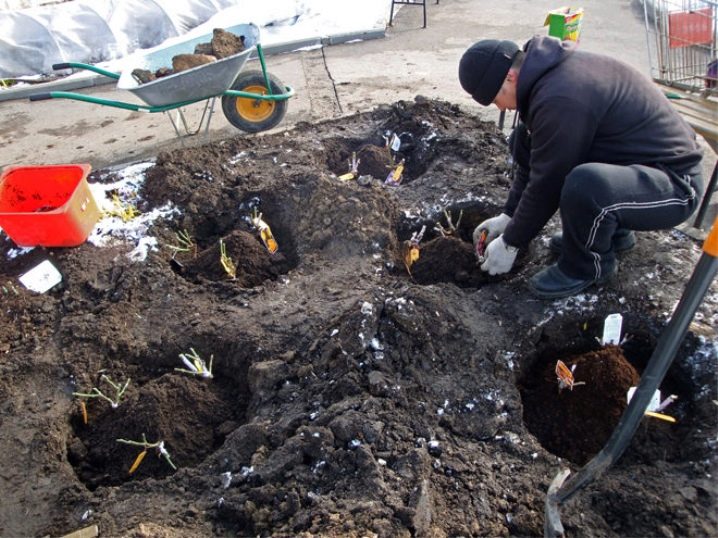
After a successful wintering, the flowers should be fed, fertilizers are applied strictly according to the instructions, otherwise an excess of nutrients can lead to yellowing and foliage falling off. For each variety of peony roses, a separate type of fertilizer is provided. Watering such roses can only be done with warm water when a dry crust appears on the top layer of the soil. Irrigation is performed in the evening, under the root system.
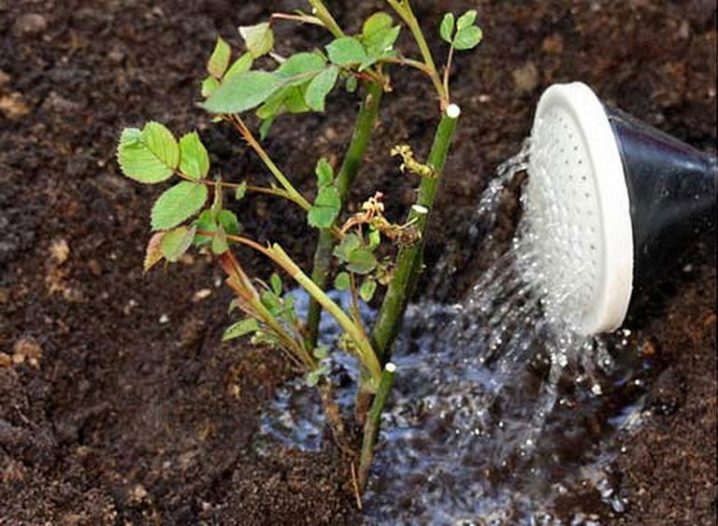
Caring for peony roses also provides for timely pruning. Flowering bushes should be cut 1/3 of their length. In the fall, the plant is no longer fertilized and prepared for winter. For this, the foliage and branches are cut off, then the shoots are wrapped in straw and mulched with dry foliage. Do not cover roses with foil, as they may die due to lack of air.
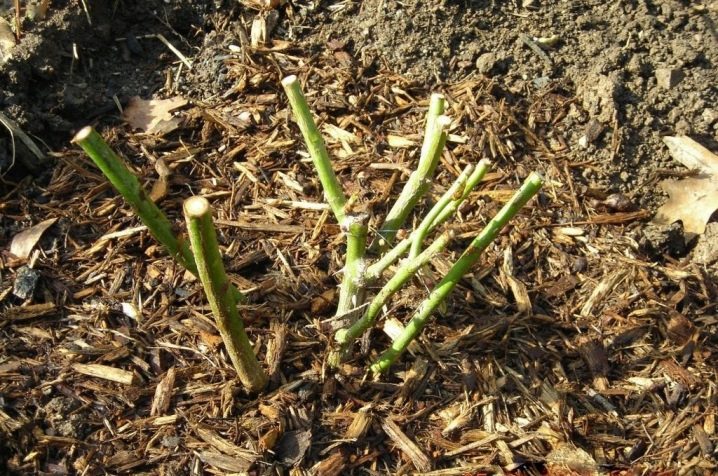
As for reproduction, peony roses can be bred in various ways. Gardeners usually use the following types of techniques.
Cuttings. It is carried out in early autumn, a site for planting is pre-selected, it is well dug up and fertilized with humus. Then the branches are cut in such a way that three leaves remain on them, the two lower leaves are cut off, and the topmost one is left. Prepared cuttings are planted in moistened ground at a distance of 15 cm from each other; one leaf must be left on the surface. After that, the cuttings are covered to protect from frost, you can use cut plastic bottles. In the spring, with the appearance of leaves on the cuttings, they begin to transplant to a permanent site.
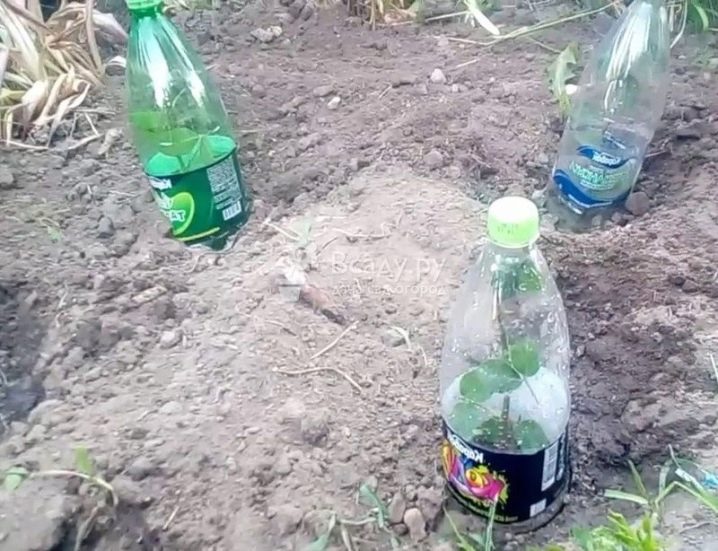
Planting with seeds. This method is rarely used, since it takes more than one year to grow roses. In addition, high-quality material is required for sowing, and the flowering of adult plants can differ significantly from the parent plants.
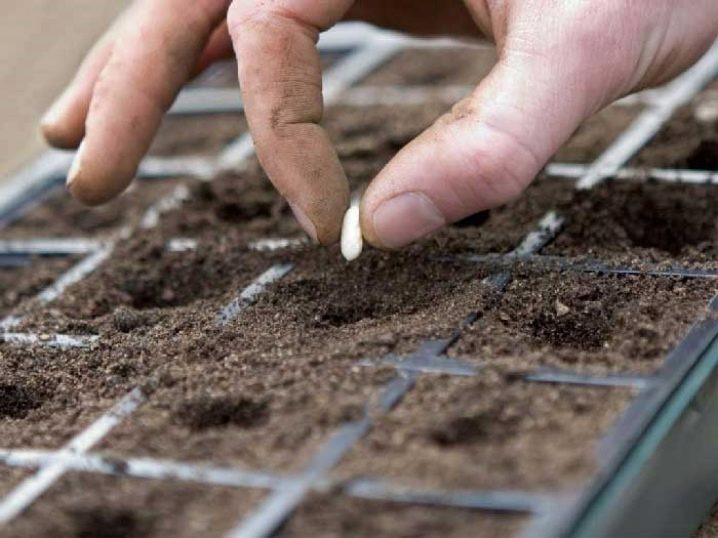
Reproduction by layering. This method is considered the simplest and is often used by novice gardeners. The disembarkation process is usually carried out in the middle of summer. The site chosen for the temporary planting of the material is dug up, fertilized and layering is prepared. To do this, a small incision is made in the lower part of the branch, and it is attached to the ground using a special bracket, then the soil is poured and watering is performed. The end of the branch is fixed to a support driven into the ground and in the spring it is separated from the bush, planting it in a permanent place in the garden.

Budding. This method can only be used by experienced gardeners, since on the trunk of a rose you need to be able to make a T-shaped incision and place a bud of the selected variety in it.
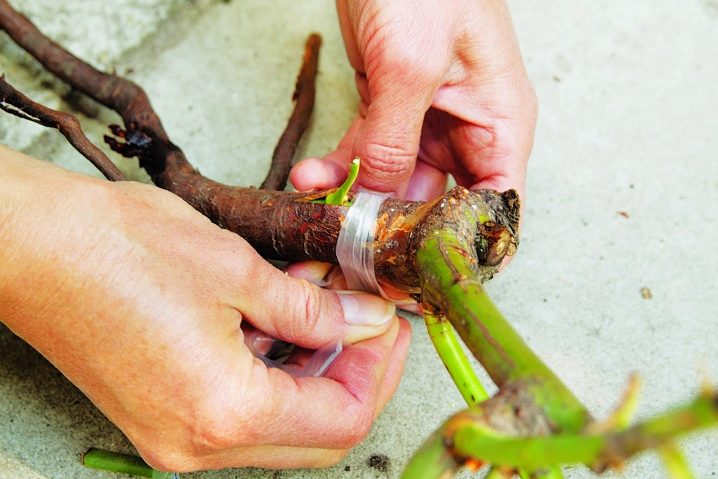
Autumn planting
If you are going to plant a climbing rose, you must first learn how to choose the highest quality planting material.Nowadays, you can buy seedlings of roses that are self-rooted, as well as those that are grafted onto rose hips.
But how are they different? Grafted seedlings have one important difference from self-rooted ones. The fact is that the root system of such a seedling belongs to the wild rose, and on it there is a scion belonging to a varietal climbing rose. In this regard, planting and caring for a self-rooted rose should be somewhat different than for a grafted one.
So, for example, a grafted seedling must be buried in the soil when planting in such a way that the place where is the vaccination, turned out to be underground at a depth of 10 centimeters. With this method of planting, the part of the plant that was grafted begins to form its own root system, while the roots of the rosehip become unnecessary over time and die off. In the case when, during planting, the scion was not buried in the ground, but remained above its surface, it can lead to the death of the plant. The fact is that the wild rose is a deciduous plant, and the grafted rose is an evergreen. If the planting was carried out in violation of the rules, then such a discrepancy between the rootstock and the scion can lead to the death of the cultivated part of the plant.
In this regard, planting and caring for a self-rooted rose should be somewhat different than for a grafted one. So, for example, a grafted seedling must be buried in the soil during planting so that the place where the graft is located is underground at a depth of 10 centimeters. With this method of planting, the part of the plant that was grafted begins to form its own root system, while the roots of the rose hip eventually become unnecessary and die off. In the case when, during planting, the scion was not buried in the ground, but remained above its surface, it can lead to the death of the plant. The fact is that the wild rose is a deciduous plant, and the grafted rose is an evergreen. If the planting was carried out in violation of the rules, then such a discrepancy between the rootstock and the scion can lead to the death of the cultivated part of the plant.
Seedlings with an open root system must be immersed in a container of water for 1 day, and this should be done immediately before planting in open ground. After that, you should cut off all the leaves and cut off, using a pruner, those stems that are unripe or have been damaged. You should also trim the root system and the aerial part, leaving 30 centimeters each. Places of cuts should be treated with crushed charcoal. If you use grafted seedlings for planting, then they must carefully remove all the buds that are located below the scion. The fact is that rosehip shoots will begin to grow from them. Next, the planting material should be disinfected. To do this, it must be dipped in a solution of copper sulfate (3%).
The hole for planting a rose should be 50x50 in size. At the same time, a distance of at least 100 centimeters must be maintained between the planting pits. The top layer of soil most saturated with nutrients must be removed from the dug hole and combined with ½ part of the manure bucket. Part of the resulting soil mixture must be poured into the hole, and then a relatively large amount of water must be poured into it. This procedure must be carried out a day or two before the expected planting of the plant. On the day when you are going to plant a seedling, you need to prepare a special solution in order to process the root system before planting. To prepare the solution, dissolve 1 tablet of heteroauxin, 3 tablets of phosphorobacterin in 500 ml of water.
Then pour this liquid into 9.5 liters of clay talker. Before the seedling is lowered into the hole, its roots should be dipped in the prepared mixture. A mixture of soil and manure should be poured into the hole with a mound. Then a seedling must be placed in the hole, while carefully straightening its roots.Fill the hole with the same mixture of soil and manure and compact the surface of the soil well. Do not forget that the place where the graft is located must be buried 10 centimeters into the ground. In this case, for a self-rooted seedling, the root collar must be buried 5 or more centimeters into the ground. The planted plant must be well watered. After the liquid is absorbed into the soil, it will be necessary to add a mixture of soil with manure to the hole. Then the plant spuds to a height of 20 centimeters or more.
Landing rules
Rose spray is an unpretentious type of ornamental plant that does not require special attention. To get beautiful flowers, experienced summer residents recommend using the secrets of plant care and reproduction.
Selection and storage of seedlings
The correct choice of seedlings is the key to obtaining a strong and beautiful plant. Plants packaged in plastic bags with a nutritious soil mixture and with an open root system are going on the mass sale. Breeders recommend giving preference to the first type of flowers.
Signs of a healthy plant:
- strong root system;
- lack of mechanical damage;
- lack of dry branches and signs of fungal disease;
- the presence of a pleasant earthy aroma and loose soil in the container;
- the presence of live white shoots at the ends of the roots.
Before planting, it is imperative to prune the planting material, during which buds, dry branches and damaged stems are removed. The maximum number of eyes should be 5. The cut points must be treated with garden varnish.
Disembarkation time and place
The choice of a planting site for a favorite plant depends on its variety. For some species, the most favorable places for growth and development are sun beds, and for others, places with partial shade, where the buds will always have juicy and rich shades.
The planting process consists of several main stages:
- formation of a landing pit with a diameter of 50x50;
- laying a drainage layer, for which it is necessary to choose river sand and fine gravel;
- the formation of a nutrient layer, which consists of fallen leaves, humus, manure and organic fertilizers;
- placing a bush in a prepared hole;
- backfilling the plant with earth while compacting the soil around the stem;
- abundant watering of the bush with clean water at room temperature in the amount of 10 liters per planting hole.
Basic recommendations for preliminary preparation of the landing site:
- cleaning of weeds and their root system;
- digging the site with overturning the soil coma;
- digging the necessary trench;
- mixing the top fertile layer with mineral fertilizers and placing the mixture at the bottom of the pit;
- keeping the planting pit for several months.
If planting is planned for the spring, gardeners recommend simply digging up the site and adding fertilizer to the ground. By the arrival of spring, the soil will be enriched with minerals and for planting it will be enough just to dig a hole of the required size.
Before forming a flower bed, one must take into account the type of plants that grew in front of the roses. Quince, cherry and hawthorn will have a negative impact on the rose garden. To create favorable conditions for the growth and development of flowers, it is necessary to replace the topsoil.
To normalize the acid balance, ash should be added to acidic soil, and humus, compost and needles should be added to alkaline soil.
Pruning features
Climbing roses, like most ornamental shrubs, need sanitary and formative pruning. The rose should have a beautiful crown and enough shoots for a lush flowering. Sanitary pruning involves the removal of weak, underdeveloped, wind-damaged, diseased or not overwintered shoots in spring and autumn.
Formative pruning is carried out in the spring and during the growing season, if necessary. In early spring, the tops of strong shoots are shortened to a strong bud.This is a way to stimulate branching and splendor of flowering.
The correct scheme for pruning a plant by year
Each adult bush during the spring-summer season gives an additional growth of shoots. He does not need all young shoots. By autumn, 5-7 adults are left on the bush, mature shoots, on which there were already flowers and from 3 to 7 young shoots, which will bloom in 1-2 years.
The rest of the young growth is removed at the root. If a rose is grafted on a rose hip, the first 2 years remove all root shoots, otherwise the hybrid shoots may die.
Pruning is done with a clean, disinfected pruner. For disinfection, a regular solution of potassium permanganate is suitable. Sections are processed with crushed charcoal.


